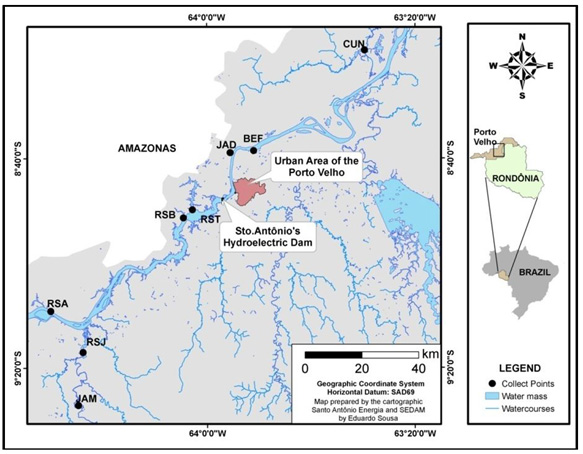Physico-chemical technologies for nitrogen removal from wastewaters: a review
Keywords:
nitrogen removal, physico-chemical technologies, wastewater treatment
Abstract
The paper examines the main physico-chemical processes for nitrogen removal from wastewaters, considering both those that have been long known and still widely applied at the industrial scale, and those that are still at the research level. Special attention is paid to the latest technological developments, as well as to operational problems and fields of application. The processes considered are briefly summarized as follows: ammonia air and steam stripping; ammonia vacuum distillation; ammonia precipitation as struvite; ammonia and nitrate removal by selected ion exchange; breakpoint chlorination; chloramine removal by selected activated carbon; ammonia adsorption on charcoal; chemical reduction of nitrate; advanced oxidation processes to convert ammonia and organic-N into nitrogen gas or nitrate. Special attention is given to advanced oxidation processes, as great research efforts are currently addressed to their implementation. These specifically include ozonation, peroxon oxidation, catalytic wet air oxidation, photo-catalytic oxidation and electrochemical oxidation.
Published
23/06/2015
Issue
Section
Papers
Authors maintain the copyrights for their work. However, they grant rights of first publication to Ambiente e Agua - An Interdisciplinary Journal of Applied Science. In compensation, the journal can transfer the copyrights, allowing non-commercial use of the article including the right of sending the article to other data bases or publication media. The journal uses the CC BY 4.0 license"






